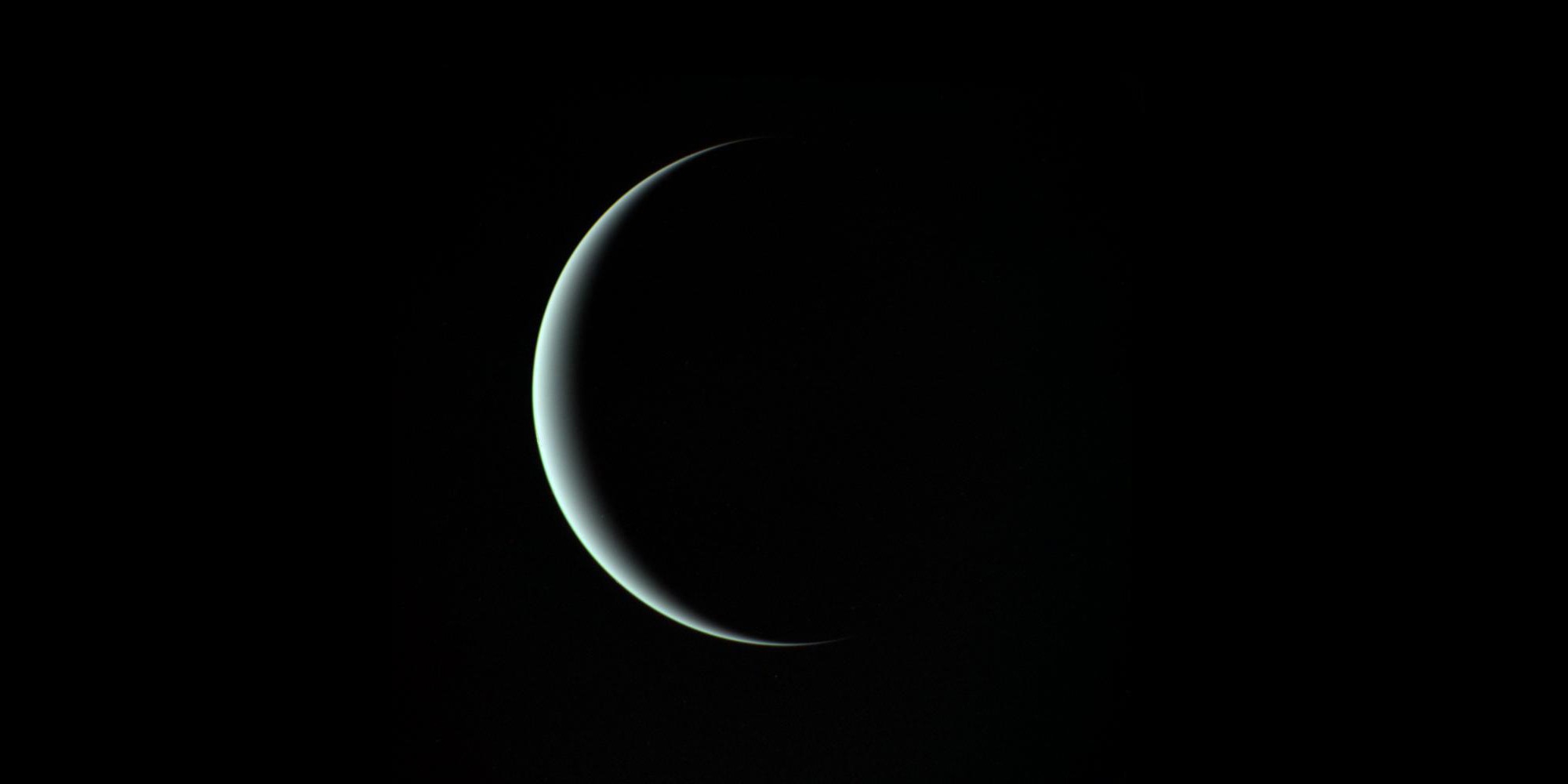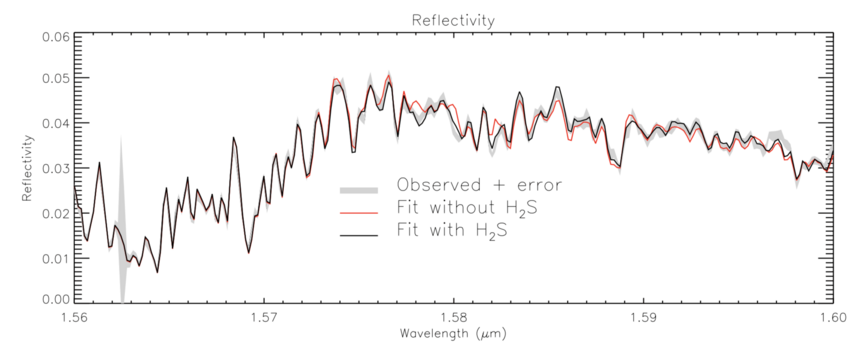Create a free profile to get unlimited access to exclusive videos, sweepstakes, and more!
OK fine, let’s do this: Uranus smells like rotten eggs

There are times you get a press release in the email and you think, "Well, I'm going to have to write about this. Might as well jump in."
So yes, Uranus smells like rotten eggs. Just a little.
Before we move on to the science, let me be clear before I get a million comments and tweets like I do when I write about this planet Every. Single. Time. There are precisely two jokes about the name of this planet that are funny. The first was done masterfully (of course) by the folks at Futurama.
Here's the other. When I talk about the planet, I pronounce it YUR-ah-nuss* . That's how most astronomers pronounce it now (mostly to avoid hearing the same jokes over and again). But the thing is, it has the same problem. That's because it sounds more like an adjective. Like, you walk into a bathroom, take a breath, and say, "Ewwww. This bathroom smells urinous."
Haha! Ha!
So, do we have that out of our system now? We're good? OK, then now to the science!
Uranus is one of the big outer planets in the solar system, sometimes called a gas giant but usually referred to as an ice giant by planetary astronomers. It's not really frozen; the term ice refers to certain molecules in its interior like ammonia, methane, and water. We can only see the very top of its tremendously thick atmosphere, where there exists mostly hydrogen, helium, and methane. That's why Uranus looks an aquamarine or blue-green color; methane absorbs red light from the Sun and lets those other colors reflect off it. It's actually pretty striking even through a small telescope.
However, scientists have long expected there to be trace chemicals in the upper atmosphere as well. Models of how the atmosphere of Uranus should behave indicate that deeper down there should be a molecule called ammonium hydrosulfide (NH4SH). This stuff forms when there's ammonia (NH3) around along with hydrogen sulfide (H2S). Under pressure, they combine in equal numbers to form the bigger molecule. But that means whatever is left over will rise up into the atmosphere, cool, and form clouds. So if you have, say, 4 molecules of ammonia and 5 of H2S, you'll get four ammonium hydrosulfide molecules, and one leftover molecule of H2S to drift upward and condense with others.
This is expected to happen in all four outer giant planets. The problem is we've never been able to detect it from Earth! It was found in Jupiter in situ when the Galileo probe plunged through its atmosphere, for example, but seeing it through a telescope is much more difficult. This has been enduring problem in planetary science that's been around for decades.
However, new observations appear to have finally detected it! Astronomers used the Gemini North telescope in Arizona to look at Uranus in the infrared. They did this because molecules of hydrogen sulfide like to absorb very specific colors of light in the infrared, so, by breaking up the light from Uranus into individual colors, they can see if they get less light at those specific colors. That would indicate the presence of H2S.
And that's what they saw! The detections are faint, but statistically significant. This means that, for the first time, astronomers can be confident that the top of Uranus' main cloud deck indeed contains hydrogen sulfide ice. Rotten egg smell. Well, frozen rotten egg smell.
This is more than just casual interest. Knowing what these clouds are made of means we can get a better understanding of what's going on deeper in Uranus, where we can't see anything directly (literally, where the Sun don't shine). That means we can have a better insight into the structure and behavior of the planet, which is A Good Thing.
Uranus is weird — the top of the cloud deck is almost featureless, with very few visible structures. But sometimes storms bubble up from deep inside; in 2014 Uranus blurted out a bunch of bright methane ice, catching scientists by surprise.
Mind you, it takes the planet 84 years to go around the Sun, which means we haven't been able to watch for seasonal effects for very long with modern instruments. That's important! Something — it's not clear what — flipped Uranus over on its side, so its axis is tilted by 98° with respect to its orbit (for comparison, Earth's tilt is about 23°). That gives it extreme seasons.
The north pole goes nearly half an orbit, 42 years, without sunlight, then sees the Sun continuously for another 42 years. That change in energy input should result in some interesting views of Uranus in the coming years. It may also very well affect the atmospheric chemistry, and with these new results that's now something we may be able to track. If Uranus acts up again, hopefully we'll know.
* Incidentally the name is Greek, so technically it should be oo-RAN-us, but that's not funny at all.



























